I’ve been thinking a lot about color lately. While I’m a Golgari mage whenever possible, and a Jund player in Modern and Pioneer, my Commander decks run the gamut—Kozilek, Valki, Marchesa, and Yarok are my regular rotation. I’ve never really thought of myself as a fully chromatic guy, but there isn’t a color (or a lack of color, or a combination of colors) that I haven’t picked up at some point over my career in Magic. Magic is color, and if you want to fully experience Magic, you have to pick up each color at some point.
Early Magic was obsessed with color: mana filtering was at a high premium and entire cycles were about altering the color of a permanent or destroying a certain type of land. The tension of the colors and of the way they sabotaged or bolstered each other was the main dynamic of the game back in 1993-1996. Cards like Sedge Troll guided players to pick allied colors, while cards like Flashfires were a quick introduction to the enmity between colors and the danger of going all in on one certain color. In the game’s early days, shifting the colors of a color hoser was meant to be as exciting and game-defining as Force of Nature or The Hive.
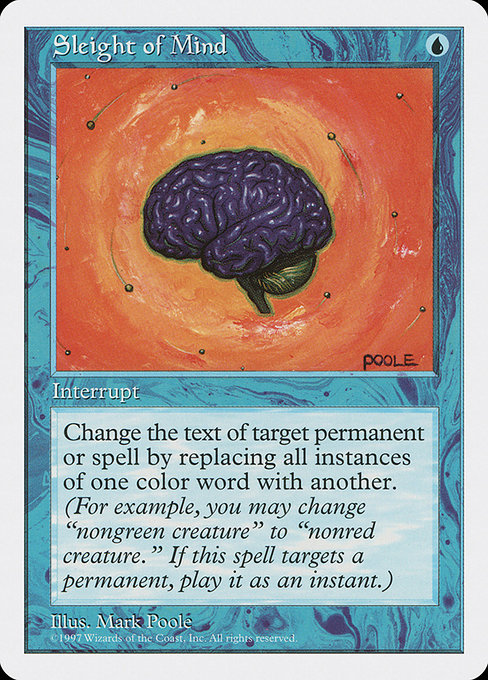
We still see color hosers, even as recently as AFR’s cycle, but the tension is diluted. We may still speak of “enemy colors,” but that’s a categorical distinction, not a ludic one. The days where you were penalized for wanting to run your preferred colors or when your opponent could wipe your board for daring to play an enemy color are mostly past (Choke still lingers in Modern).
Apocalypse was the moment when Wizards decided that players should not be penalized for wanting to run two-color combos; until then, the painlands cycle had gone unfinished and other lopsided cycles of lands existed, putting, for example, Red-Blue and Black-White players at a disadvantage. You ran City of Brass, but you felt somehow disregarded when your opponent could run their Karplusan Forest and you had no equivalent.
The aesthetics of mana are flexible. When we talk about tapping into specific colors, we’re more talking about an ethos than a tangible relationship. Gone are the days of a “Black mage” aligning with “swamp hag” or “lich commandant.” This has been a slow process; 2005’s Ravnica was the vanguard of this trend, training us to think in terms of psychographics rather than physical territory and giving us clearly defined brands for each two-color combination.
Now, years later, the audience understands that a Rakdos mage is not someone who dwells alongside a swampy cliff, but someone who is equally hedonistic and self-erasing in service of their selfish goals. A Bant prelate doesn’t necessarily make their home at the intersection of a grassy plain, a copse of trees, and a sunny stream—anyone who is selfless, dedicated, and bellicose can take up that label.
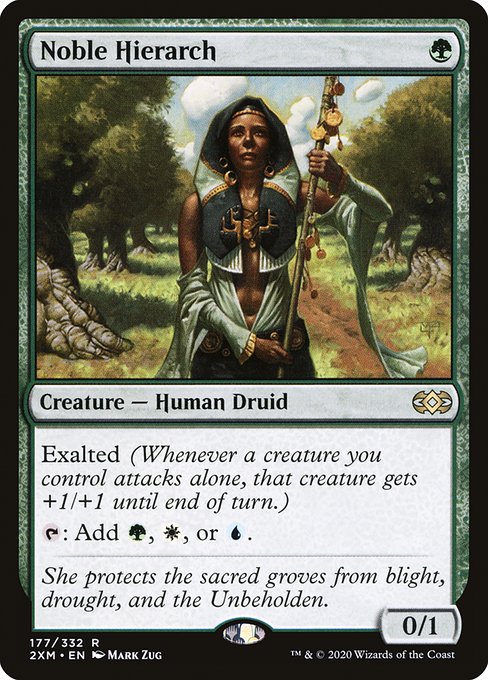
Color is integral to Magic in the same way that carbon is integral in the universe. Magic is about the interplay of the five colors, not a modular rules system that can be evenly applied. Wizards experimented with lopsided sets relatively early on—Torment has more black cards than White or Green and demands commitment to Black from other colors, while Judgment skews the other way—but they (quite reasonably) have backed off from that in main line Magic sets. When your playerbase is deeply invested in identifying with one or more colors pretty equitably, you don’t mess with that self-reinforcing marketing by only giving a portion of your audience what they want.
One of Magic’s greatest strengths is that it self-reinforces: you become invested philosophically in a color the more you play it. There are tournament players who went White or Red early on in order to exploit the speed of those colors, only to spend decades of their lives writing about the meaning beyond the mechanics. You may only play Savannah Lions for those stats, but after enough reps, you’ll be a White Mage. I see myself as aesthetically and philosophically Golgari shading Sultai, but sometimes parts of ourselves are all but invisible to ourselves until we respond to something we see in the world.
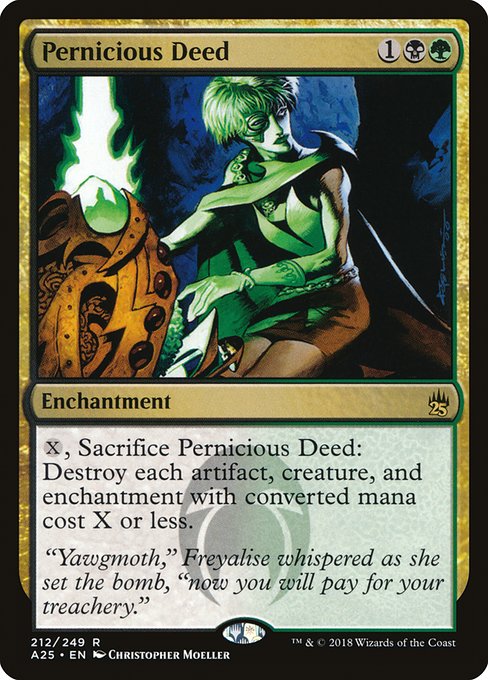
Invasion, Magic’s first true multicolored block, didn’t brand color combinations. The tension was between all five colors and the black/blue/red Phyrexia. It was a mechanically multicolored set, not a philosophically multicolored set. It’s not an exaggeration to say that Invasion block saved Magic, and Wizards took the right lesson from its success: players wanted an equal playing field for color pairs.
Ravnica in 2005 introduced a kind of parasociality into the mix. Suddenly, we had names for what we played, which means it became a part of our identity, and we could express that identity to others by buying sleeves, t-shirts, etc. I cannot praise Ravnica enough. I most likely would have fallen out of love with Magic, except for the fact that Ravnica came out my sophomore year of college, when I could attend drafts twice weekly and afford the occasional box for the first time in my life. Ravnica gave us the taxonomy we needed to describe ourselves. That may not be 100% healthy, but damned if it doesn’t encouraged investment.
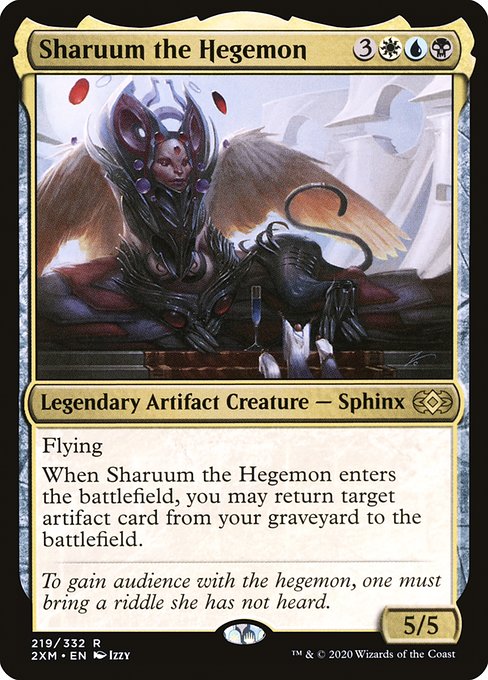
Magic’s next multicolored block, 2008’s Shards of Alara, still defined itself by ally color “shards,” or the pie piece of a color and its adjacent colors. Shards’ format had a twist, though: the three-color shards were defined, at least thematically, by what they lacked. For example, we had Grixis, the anti-Selesyna, which was a hellscape of rotting flesh and predatory cycles. Bant, like the New Capennian Brokers, simply couldn’t deal with creatures, as they lacked access to death magic. Commander 2016 took this same tack—four colors mashed together is just an indistinguishable mess, unless you define those four colors by the one absent color—and it worked similarly well. Saskia feels completely anti-Blue, Breya the anti-White, etc.
2012’s Return to Ravnica was more Ravnica—notably, it redesigned the guild logos, meaning if you wanted to be “current,” you had to buy new sleeves, etc. The folks who got old Orzhov tattoos were presumably out of luck. Only the aesthetics changed—Selesnya still made tokens, Boros still controlled the red zone, etc. Shortly thereafter, we visited a followup to Shards in Khans of Tarkir.
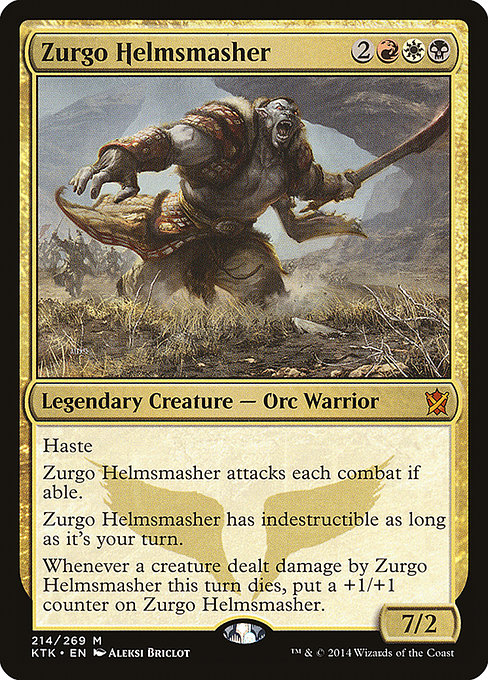
Tarkir had success in creating a quasi-guild system for the three “enemy color” triads, especially in tying them to terrain. Why wouldn’t Temur be an elevated, icy steppe? Of course Sultai is a verdant morass of briny swamp! Abzan naturally is an arid deathscape of desert, dotted with oases. Jeskai and Mardu skewed much closer to the philosophy side of the scale, but they at least had the impression of philosophies shaped by a proximity to a harsh natural environment. Tarkir was exceptionally well-built—and then they wiped it away in favor of more two-color guilds. It turns out Jeskai without Red is just Azorius again. That speaks highly of Ravnica, but it was a letdown after an exhilarating few months with the clans.
Somewhat surprisingly, we revisited enemy wedges before we returned to allied shards with pandemic-hamstrung Ikoria. Ikoria felt like a half-baked faction set: choosing three colors didn’t mean anything philosophically and little mechanically, effectively only dictating what your deck wanted to do, rather than how it felt. Notably, Ikoria also didn’t brand anything, but the less said about Ikoria, the better. Suffice to say that it felt as though you were forced into a mechanical identity, rather than a personal one, and that your decisions in draft were locked in early. Strixhaven took this even further, with the five schools locking less experienced players into autopilot picks and trying to recreate what the enemy color pairs care about.
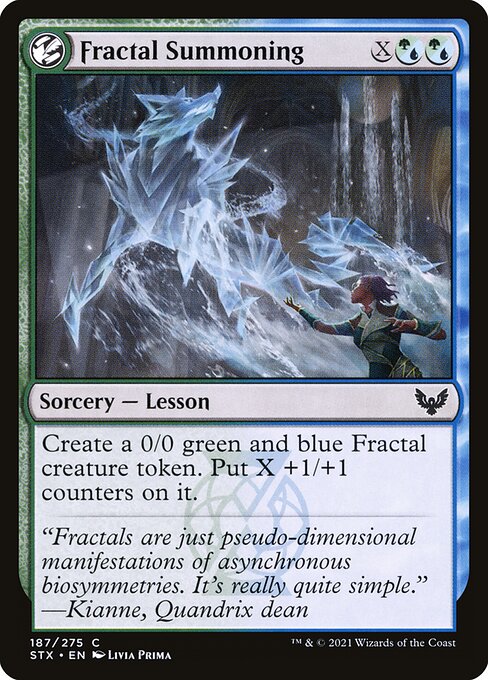
New Capenna feels like Strixhaven 2.0—take an early Brokers card and then snap up as many Blue-White fliers as you can. The draft portion isn’t as automated as it was in Strixhaven, where the only decision after you’d chosen a school was “how early do I take Lessons?,” but I’ve certainly had drafts where the decision tree is down to a stump by pick five. Wizards has tried, in the last year, to catch lightning in a bottle. Strixhaven was an interesting experiment in creating half of a Ravnica, but I don’t think Lorehold will be replacing Boros in name or gameplay.
So why does New Capenna fail where Alara and Tarkir succeeded? For one, it’s an exercise in branding, not philosophy. Wizards learned a lesson from the success of Ravnica: every color combination needs a logo. The thing is, Ravnica’s guild logos are diagetic, which is to say that they exist as signifiers in the world. The Ravnican guild logos felt organic both in design and in world building, while New Capenna (and Strixhaven) feel forced. The identities of the Capenna families are aesthetically similar—all art deco swoops and demonic spikes and chrome accents—and the watermarks are built on the Y-axis, rather than the more rounded style we generally see to fit within a text box. It all coalesces to feel like a distraction from the cards, rather than a spotlight.
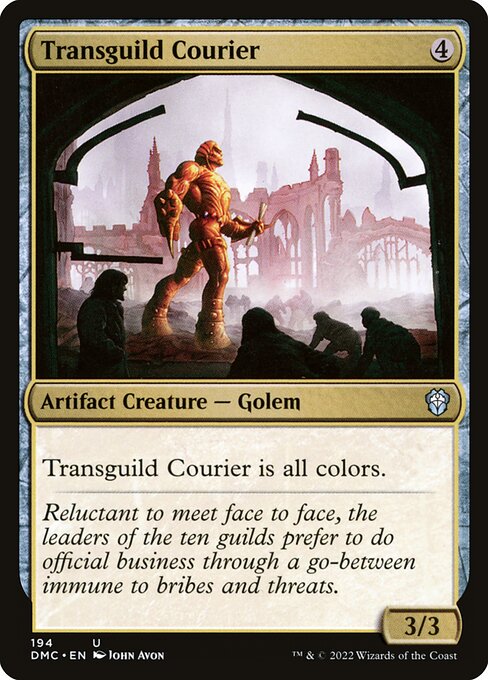
There’s also the fact that we’re on New Capenna for three months and three hundred cards. Wizards has moved away from the three-set model, but I’m surprised they don’t revisit the two-act structure of Amonkhet/Hour of Devastation, which introduced us to a new plane and then altered that plane with the second set. New Capenna feels incredibly rushed, coming out ten weeks after Neon Dynasty and six weeks before Baldur’s Gate, and it feels as though we got an incomplete view of the world and a dissatisfying narrative for the plane: Angels are gone, and now they’re back, all within a single set.
I can imagine a better, more Alara-like New Capenna, one where the distinctions between the families defines their relationships and where the ethos of the plane is more sinister and less traditionally modern Magic. There’s an intriguing element of New Capenna that ties the set together thematically and that I would have loved to seen explored more fully: the greed inherent in the mechanics. The tension of Connive is fantastic, for example: do you discard an extraneous land or do you discard a “real” card to power up your Conniver? It’s resulted in me taking Expendable Lackey far earlier than I could have ever expected, and it rewards good board assessment.
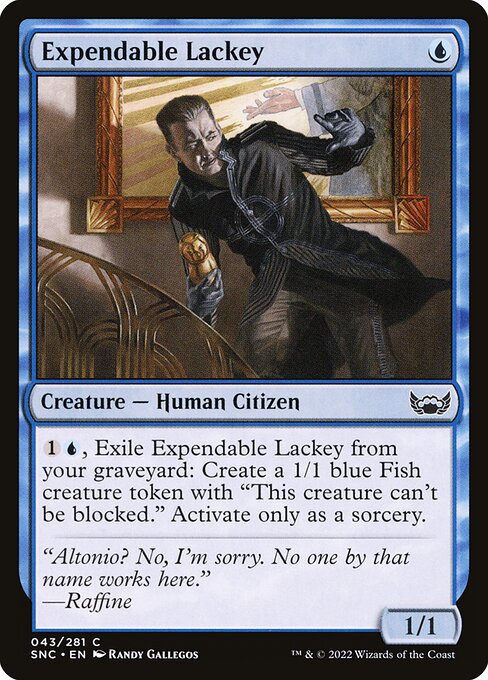
All in all, there’s little philosophical meat to New Capenna, although there are tantalizing suggestions of what could have been, like a sense of sacrifice for advancement that suggests future disaster, which is perfect for a noir-inflected crime set. In my month of drafts, I’ve milled myself out in Obscura, sacrificed too much of my board state to Casualty, lost games I could have won with Riveters because I took a greedy Blitz opportunity, and lost games to Brokers because I refused to trade a creature for their Shield token. There’s a slightly less fun but much more coherent vision of New Capenna that plays into the self-defeating aspect of organized crime by giving you enough rope to hang yourself.
Wizards has experimented with sets that feel entropic and gritty before, but much as Wizards has moved away from brutal color hoses like Boil and Choke, they’ve moved away from designing cards with strict drawbacks. I miss cards like Flesh Reaver and the Legends Elder Dragon, but you can’t argue with a player base that just keeps going. I can handle a New Capenna or a Strixhaven periodically, particularly in a year that includes such back-to-basics pitches as The Brothers’ War and another trip to Dominaria. But I hope we revisit New Capenna and see it in its full glory—not as an off-brand Ravnica or a grittier Fiora or a retread of Alara.
A lifelong resident of the Carolinas and a graduate of the University of North Carolina, Rob has played Magic since he picked a Darkling Stalker up off the soccer field at summer camp. He works for nonprofits as an educational strategies developer and, in his off-hours, enjoys writing fiction, playing games, and exploring new beers.

